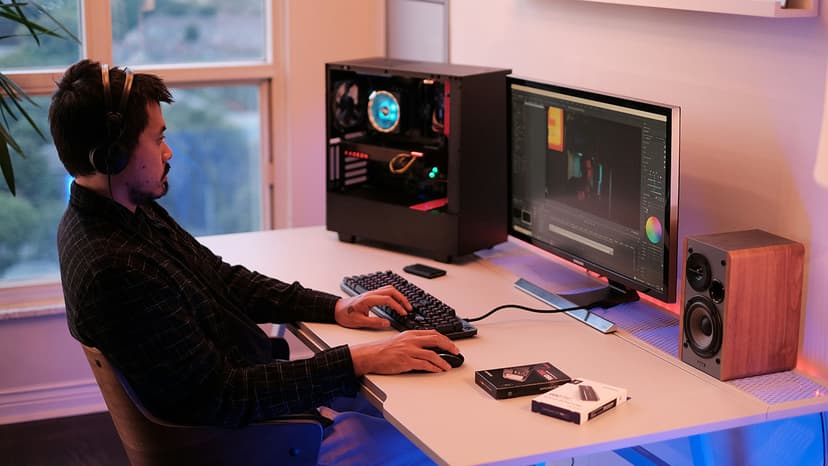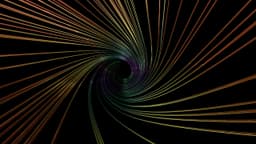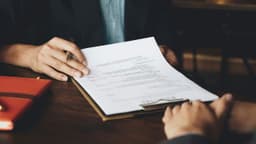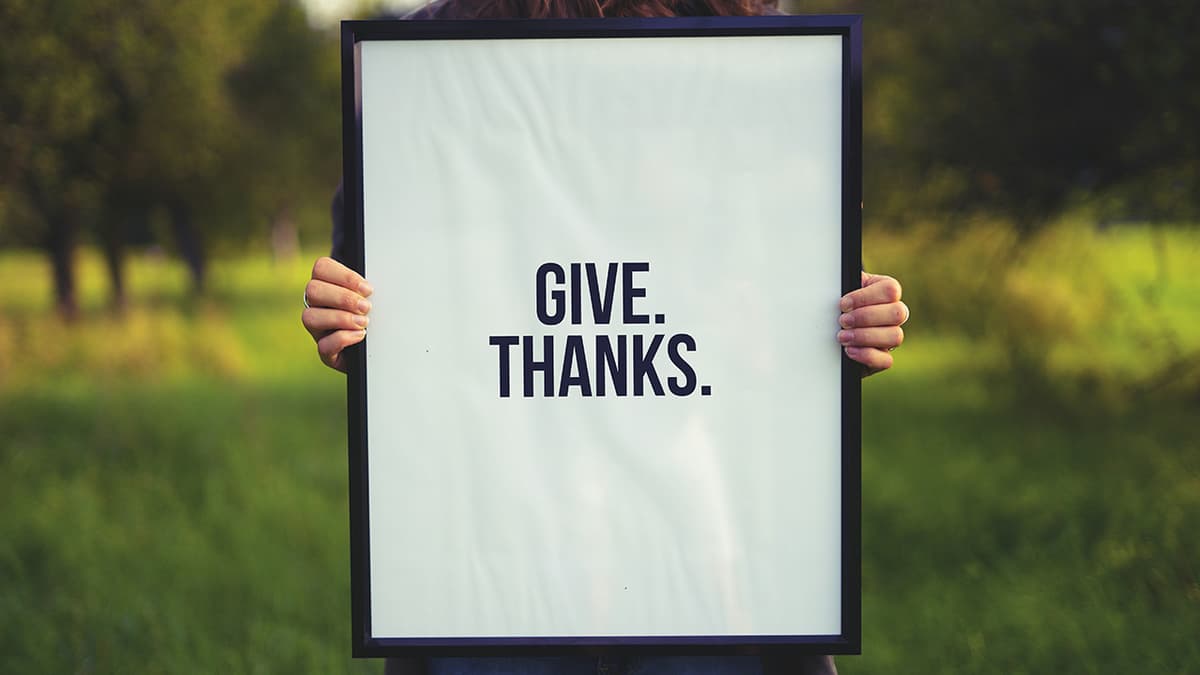The Process Behind AI-Powered Image Clustering and Labeling
Image clustering and labeling are vital tasks in artificial intelligence (AI), especially in the fields of machine learning and computer vision. These processes enable AI systems to organize and understand visual information without human intervention, which is critical for applications such as photo management, medical imaging, and autonomous driving.
For unlabeled images, AI must identify patterns, similarities, and differences within the visual data to group and identify them meaningfully. This involves several stages of analysis and computation that are often not visible to the end user.
What Role Does Unsupervised Learning Play in Image Clustering?
AI systems primarily use unsupervised learning for clustering unlabeled images. Unlike supervised learning, where models are trained with labeled data, unsupervised learning algorithms uncover hidden structures within the data without predefined labels.
A common method for this is K-means clustering. The K-means algorithm divides the dataset into K groups or clusters. The process starts by randomly initializing K 'centroids,' which represent the center of each cluster. Images are then assigned to the closest centroid based on their features, and each centroid's position is recalculated as the mean of the assigned images. This process iterates until the centroids stabilize, making the clusters as distinct as possible.
Mathematically, this can be described by the objective function that K-means seeks to minimize:
$$ J = ∑∑|| x(i) - μ(j) ||^2 $$
where x(i) is a data point (an image represented as a high-dimensional vector), μ(j) is the centroid for cluster j, and J is the cost function representing the total variance within clusters. Minimizing this function ensures that images within each cluster are as similar as possible while maximizing the difference between clusters.
How Does Feature Extraction and Dimensionality Reduction Work?
Before clustering can begin, the AI system must extract features from the images to effectively capture the visual information. This is done by a feature extractor, which can be a manually crafted algorithm or a pre-trained deep neural network like a convolutional neural network (CNN). CNNs are adept at distilling images into a hierarchy of features ranging from simple edges and textures to complex shapes and patterns.
The output is a set of high-dimensional vectors for each image. However, high dimensionality can lead to inefficiencies and may obscure natural clusters—known as the curse of dimensionality. To address this, AI systems often utilize dimensionality reduction techniques like Principal Component Analysis (PCA) or t-SNE, which transform the data into a lower-dimensional space while preserving essential relationships between images.
What Innovations Are Found in Clustering with Unsupervised Neural Networks?
Beyond K-means and standard dimensionality reduction techniques, unsupervised neural networks are designed specifically for clustering tasks. These networks can learn feature representations and cluster assignments in an end-to-end manner.
For example, autoencoders are neural networks that encode inputs into a compact representation and then reconstruct the inputs from this representation. By minimizing the reconstruction error, an AI system learns to compress images into a lower-dimensional space that retains the most important features.
Algorithms like Deep Embedded Clustering (DEC) further integrate the clustering objective into the learning process. DEC initializes clusters based on representations learned by an autoencoder and iteratively updates them to minimize both reconstruction loss and improve cluster purity.
How Are Clusters Evaluated and Labeled?
After images are clustered, AI systems must identify what the clusters represent. In some cases, domain experts might inspect the clusters and assign labels manually. Other situations might use semi-supervised learning, where a small subset of labeled data helps the AI generalize labels to the larger set.
Cluster quality is essential. Poorly defined clusters can hinder the process's overall utility. Metrics for evaluating clustering performance include the Silhouette Coefficient, which measures how similar an image is to its own cluster compared to others, and the Davies-Bouldin Index, which averages the ratio of within-cluster distances to between-cluster distances.
Active learning strategies can also be employed. The AI system selects the most informative samples from each cluster for human annotation. These labeled samples are fed back into the system to refine the clustering model and improve its accuracy and robustness.
AI-powered image clustering and labeling enable efficient organization of large sets of unlabeled visual data. By utilizing unsupervised learning algorithms, feature extraction methods, autoencoders, and clustering-specific neural networks, AI can automatically group images and assign them categorical labels. As AI continues to evolve, these processes are expected to become more advanced, leading to innovations across various industries that depend on image analysis.












